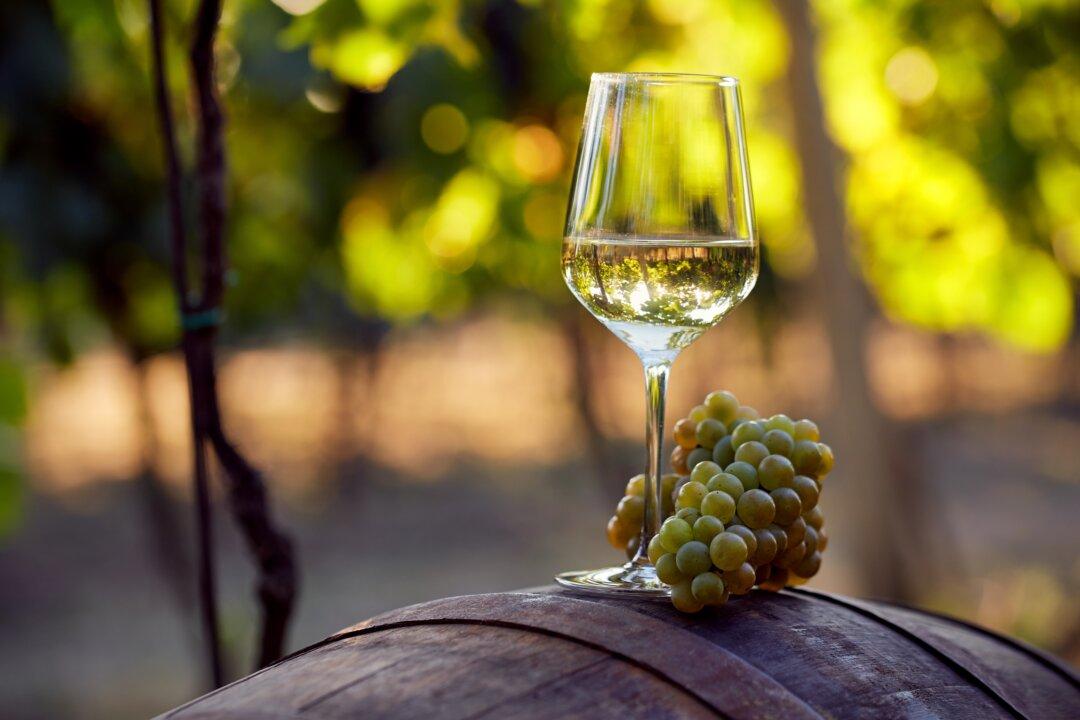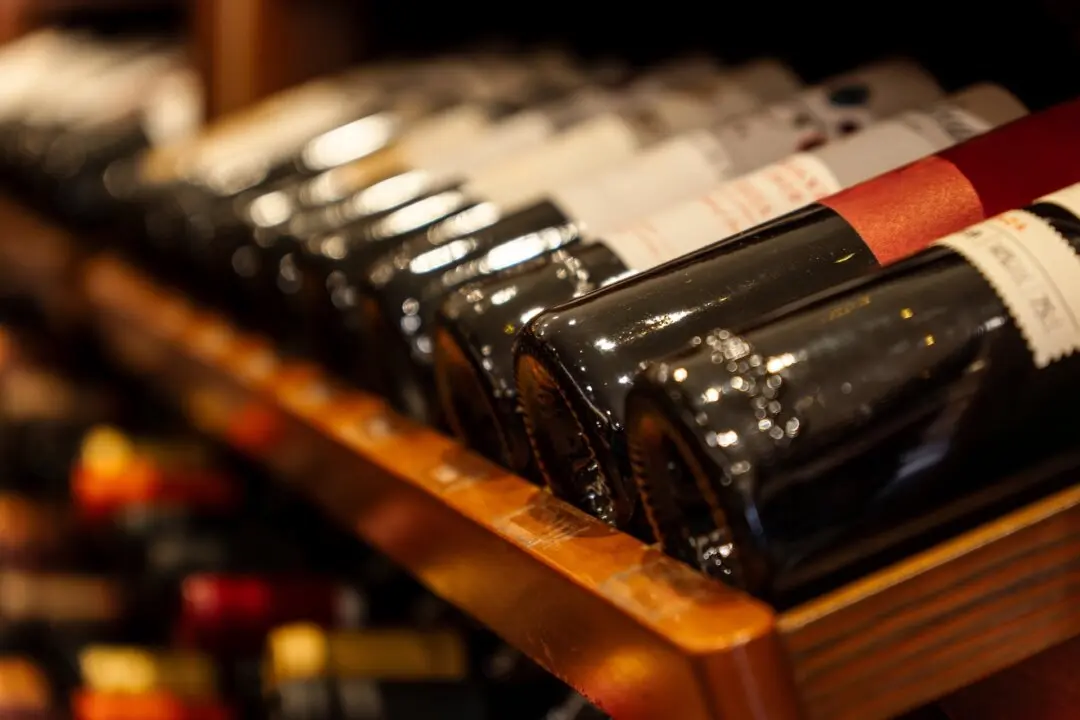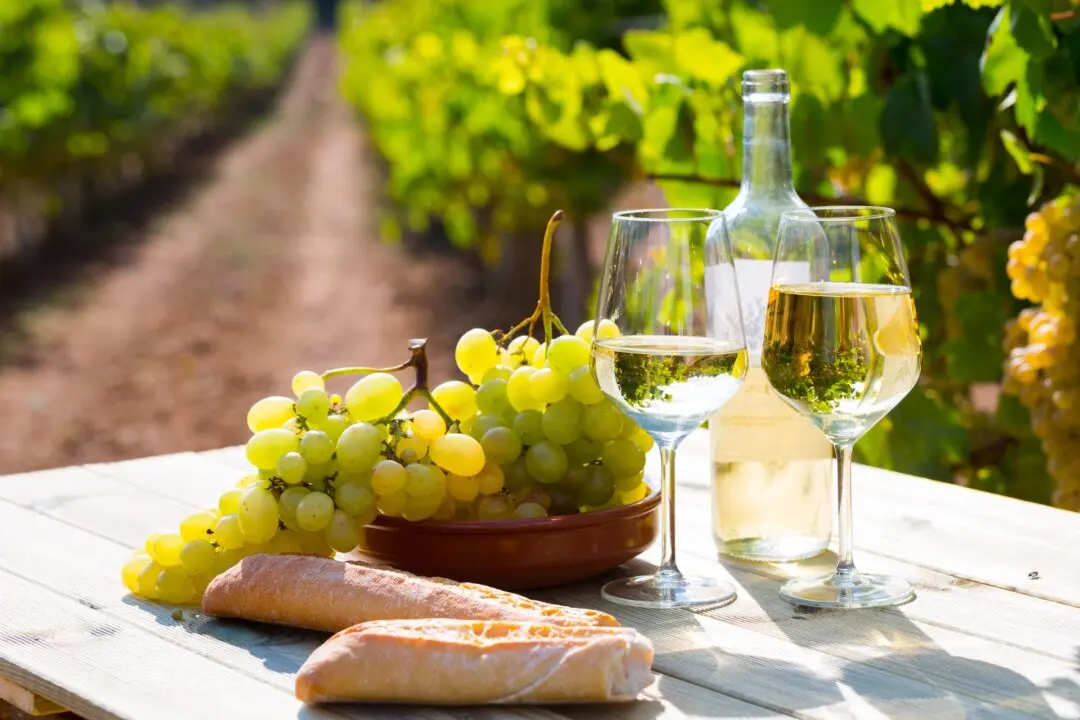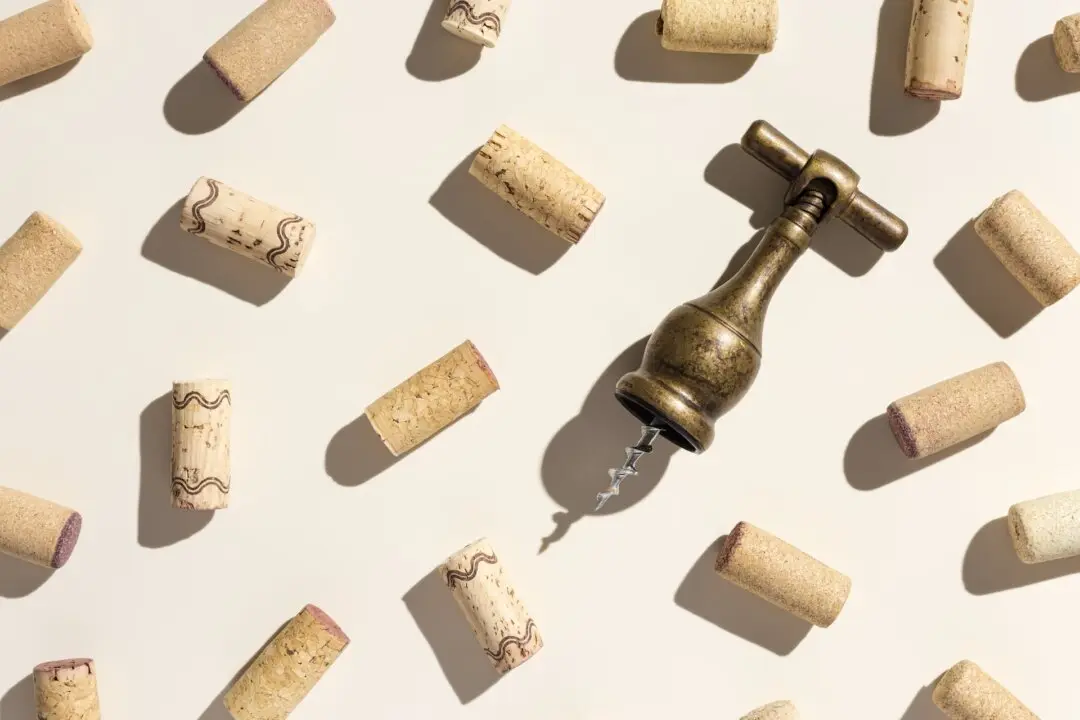The complications arising in the production of wine can be so voluminous that it takes a multi-year college degree to master the basics, and after that it takes years to become an expert in all of its manifestations.
Those who love chardonnay (or any grape variety, for that matter) will have a hard time processing the stratagems involved in its production—and that says virtually nothing about the complications that take place before that variety is even planted in the soil, takes root, finally is harvested, and is brought to a production facility.





